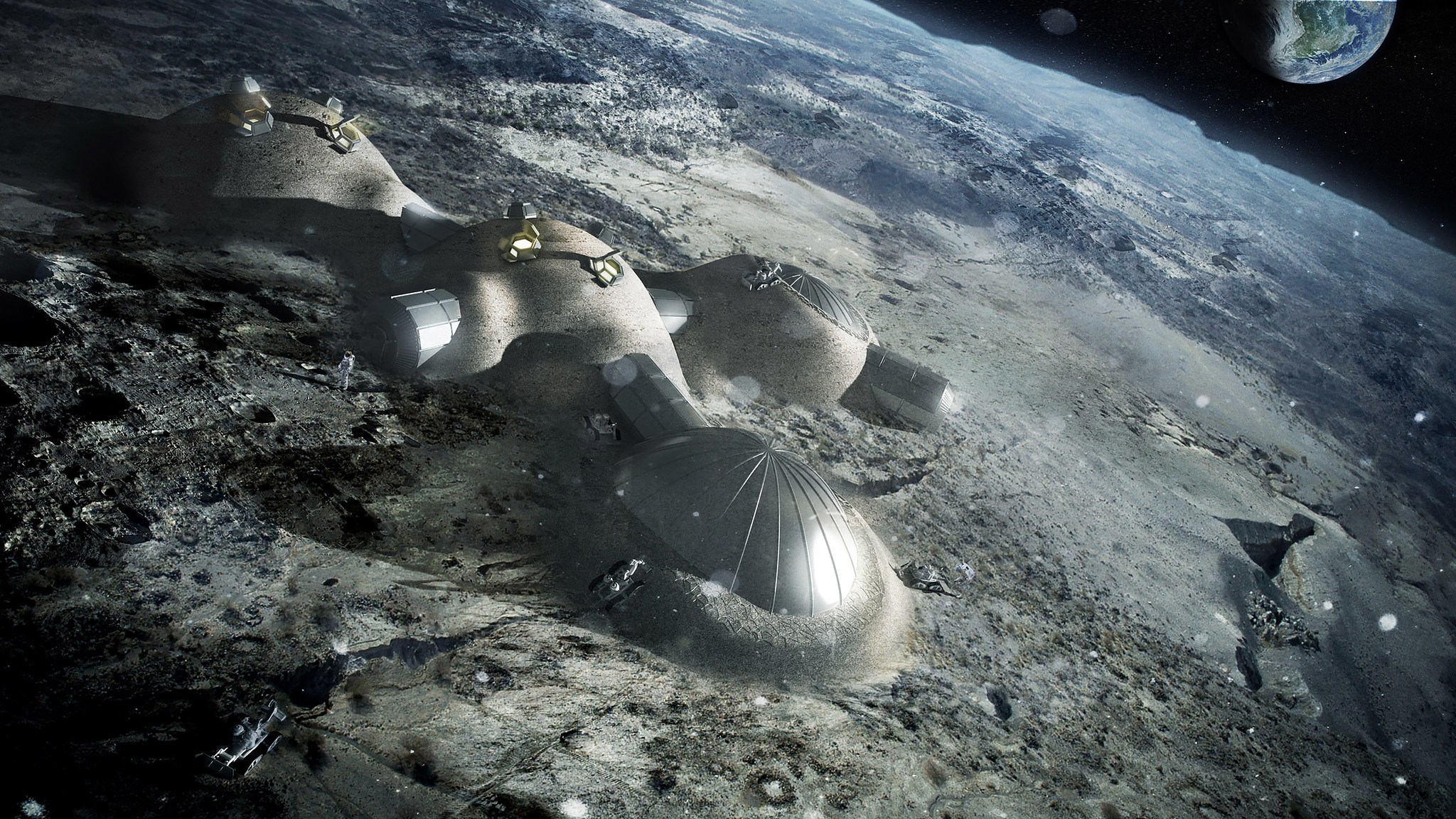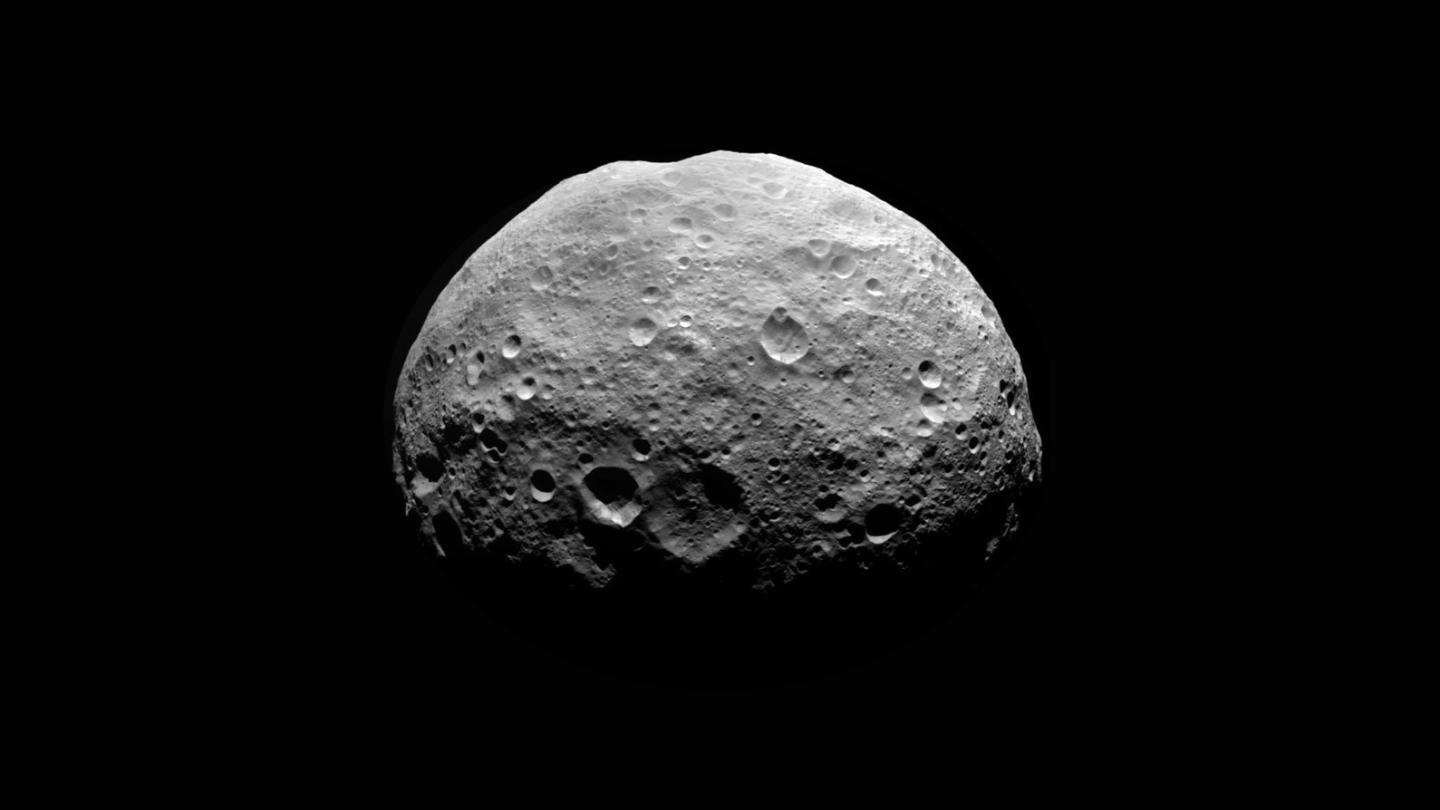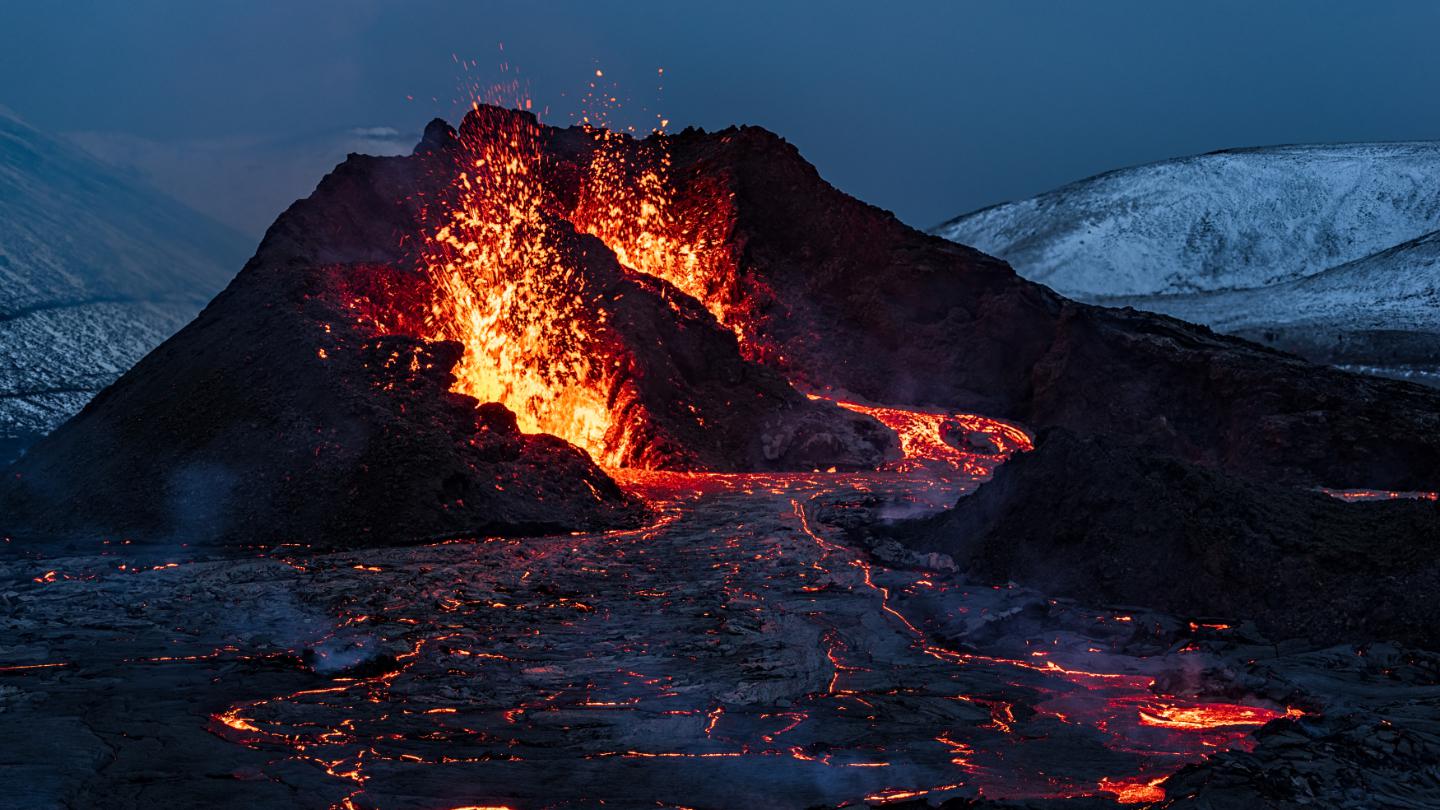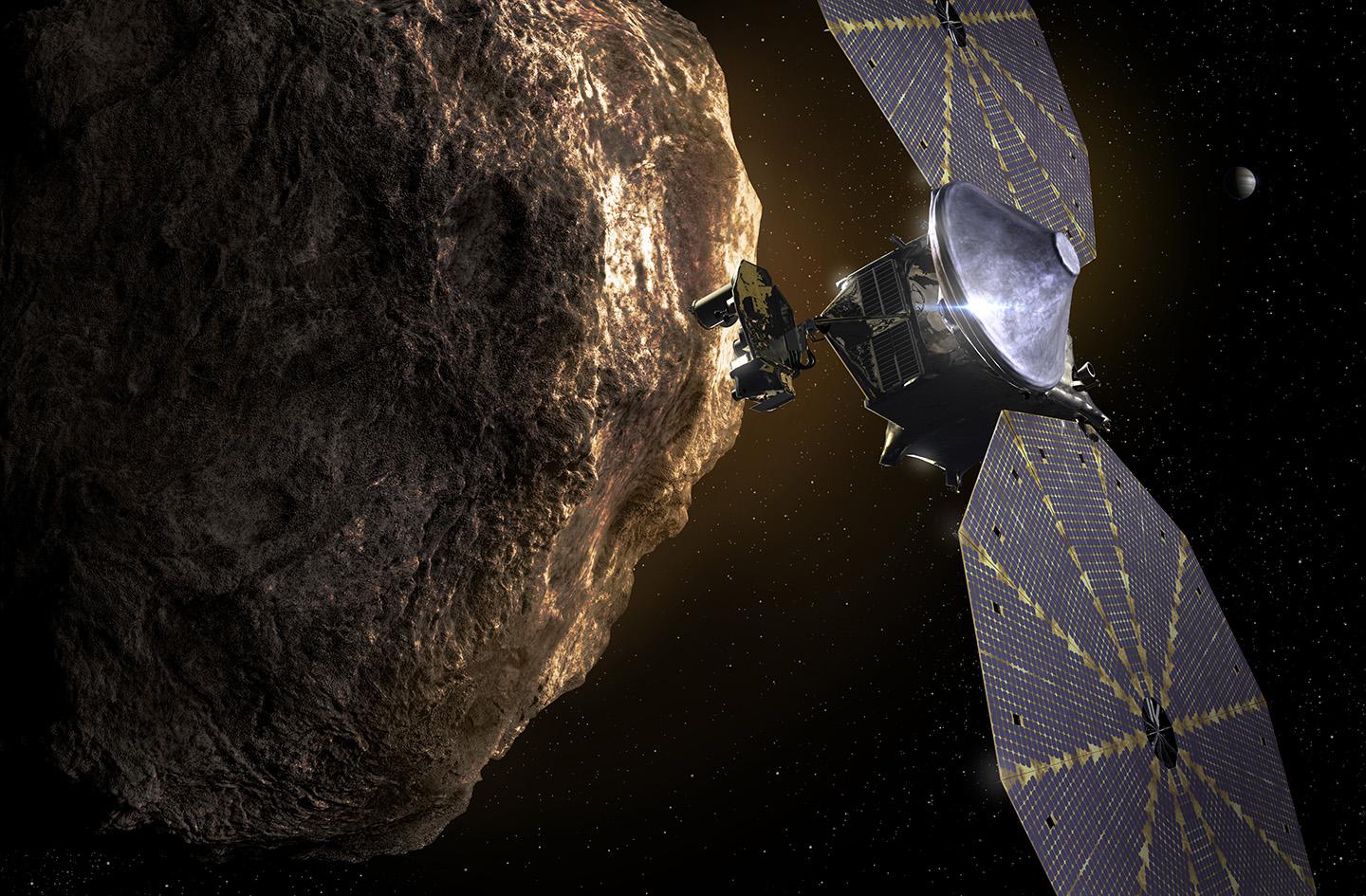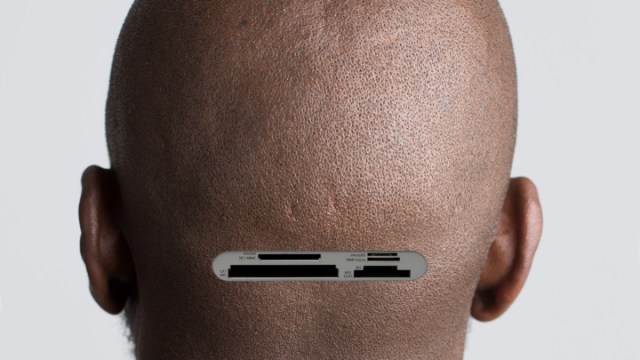The 2 Biggest Challenges We Need to Solve Before Living on Mars

Despite Elon Musk’s inspiring plan to build a human civilization on Mars in 40 years, “the tricky part is to keep people alive,” according to Stephen Petranek.
Petranek is the author of How We’ll Live on Mars, and he knows the challenges of living on the red planet better than almost anybody. He brought that expertise to National Geographic Channel’s Mars series, and each episode reveals a number of threatening hazards to sustaining human life on Mars.
PROBLEM 1: Tough Terrain
Mars isn’t just a red planet, it’s a dead one. “Mars is no place for the faint-hearted,” NASA reports. “Arid, rocky, cold and apparently lifeless,” Mars will be a challenge to live on. Its atmosphere is almost 100 times less dense than Earth’s, temperatures average -81 degrees Fahrenheit, and it has 63% less gravity. All of those conditions, combined with lack of liquid water and oxygen, create really tough terrain for life to survive in.
Thankfully, there are ways we can learn to adapt to those conditions. One such way is through the Haughton-Mars Project, which invites 100 participants to live and work in conditions very similar to Martian terrain every summer. “The Haughton Crater resembles the Mars surface in more ways than any other place on Earth,” the project site explains. It continues:
The surface of Mars is covered with craters of all different sizes, so the terrain, like a demolition site, is made up of loose rock. The terrain at Haughton Crater is similarly covered with loose rock, making it a good analog for researching extravehicular activities (EVAs) and mining technologies. Haughton Crater is also a valuable analog for science research, since it contains an uncannily large variety of Mars-like geological features.
By living and working in this environment, participants experience the challenges of life on Mars firsthand – including living in habitats and wearing suits that mimic the decreased gravity of the Martian atmosphere. Every participant brings back valuable data that will one day be used to create the first human settlement on Mars.
That said, Petranek told us that he thinks there’s a better solution for humanity’s survival on Mars: terraforming. Terraforming, or transforming Mars in a greener, more Earth-like planet by thickening its atmosphere, is a viable solution. But while Petranek likes terraforming because he believes it can be done quickly (“just look how quickly we changed our own atmosphere,” he told me), other experts disagree. Michio Kaku bluntly told us it’ll take centuries to terraform Mars. Bill Nye told us that terraforming Mars, or colonizing it all, would be practically impossible:
PROBLEM 2: Radiation
Another problem with Mars’ thin atmosphere? Radiation – and it’s a doozy. Richard Davis, Assistant Director for Science and Exploration in NASA’s Planetary Science Division, explained it to The Weekthis way: “A longer-term hazard [to humans living on Mars] is the general exposure to higher levels of radiation whether it be from the sun or sources external to the solar system. We can minimize these effects, but there will be increased exposure and thus a higher risk of cancer later in life.”
Radiation is the biggest problem we’ll have to solve in order to live on Mars. Research done by University of California Irvine showed that “astronauts who experience prolonged exposure to space radiation could suffer from a long-term cognitive impairment,” CBC reports. The results of the research, published in the journal Scientific Reports, were dire:
Exposure to these particles can lead to a range of potential central nervous system complications that can occur during and persist long after actual space travel – such as various performance decrements, memory deficits, anxiety, depression, and impaired decision-making. Many of these adverse consequences to cognition may continue and progress throughout life.
The study concludes that “cosmic radiation exposure poses a real and potentially detrimental neurocognitive risk for prolonged deep space travel… [and] deep space travel poses a real and unique threat to the integrity of neural circuits in the brain.” Petranek agrees with this, as he told us:
Preparing humans to survive radiation exposure is a bit risky, so the best solution might be finding permanent shelter that offers long-term protection from it, like a lava tube – but training humans to live in a lava tube might still be problematic. “Lava Tubes are large cavernous underground caves formed by hardened lava after molten rock has flowed through it,” Screener TV explains, per the Mars show. “To the untrained eye, it’s a night-black hole as deep as the Grand Canyon. And it’s at the base of this cave the astronauts are looking for their home sweet home.” Of course, once humans live in those tubes, they’ll have to setup power plants and generators and habitats in order to live down there. That’s a tall order for people who are used to sunlight and fresh air – and not one very many are eager to try out.
Yet, for all of those difficulties, the excitement of making the red planet home inspires smart, dedicated people like Musk to create solutions. The more problems we identify now with our potential life on Mars, the better our chances for survival will be when we get there.
